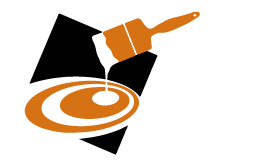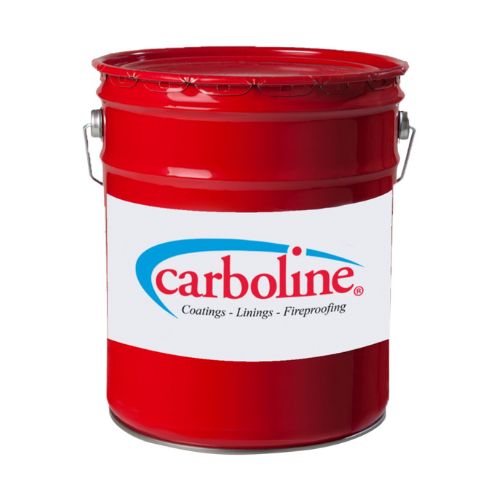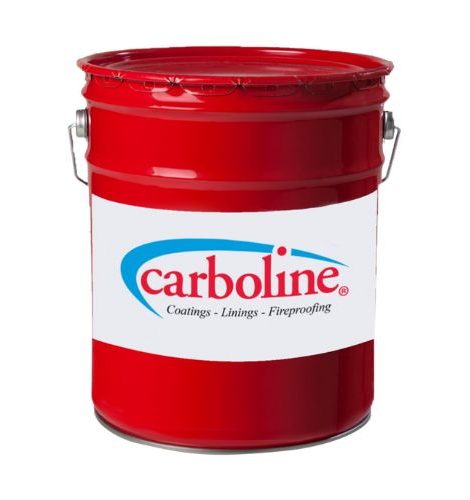Carbothane 8812
Generic Type Two component, acrylic, aliphatic polyurethane.
Description
Carbothane 8812 is a fast dry, high gloss, high build, two component polyurethane coating.
Carbothane 8812 exhibits the excellent dry times and handling characteristics required by Original
Equipment Manufacturers. This coating has outstanding hardness, adhesion and resistance
to: impact, marring, abrasion, chemicals and staining. Carbothane 8812 is recommended as a
direct to metal finish coat or as a finish coat over properly primed substrates. Typical applications
include air compressors, propane tanks, trailer chassis and frames, valves, pumps, waste water
treatment plant equipment, agricultural equipment, hazardous material storage buildings and
general industrial equipment. Not recommended for continuous immersion service.
Features
• VOC compliant – 3.3 pounds per gallon as supplied
• Direct-To-Metal (DTM)
• Fast Dry – 6-8 hours to handle at 75°F
• High build, high gloss
• Excellent abrasion resistance
• Application by conventional, airless spray, HVLP or electrostatic
• Excellent chemical resistance
• Ambient air or force cure with conventional or infrared ovens
• Suitable for use in USDA inspected facilities
Color
1864 (White), S800 (White), 6666 (Safety Yellow), 1675 (Ignition Yellow), 5555 (Safety Red), C703
(Grey), C705 (Light Grey), C900 (Black). Other colors are available on request. Contact your
Carboline Representative for availability.
Finish High Gloss
Primer Self-priming, epoxy, zinc rich epoxy or as recommended by Carboline.
Dry Film Thickness 3 – 5 mils (76 – 127 microns) per coat
Solids Content By Volume 54% +/- 2%
Theoretical Coverage
Rate
866 ft2/gal at 1.0 mils (21.3 m2/l at 25 microns)
289 ft2/gal at 3.0 mils (7.1 m2/l at 75 microns)
173 ft2/gal at 5.0 mils (4.3 m2/l at 125 microns)
Allow for loss in mixing and application.
VOC Values
As Supplied : 3.3 lbs/gal (395 g/l)
Thinner 25 : 6 oz/gal: 3.5 lbs/gal (419 g/l)
These are nominal values.
Dry Temp. Resistance
Continuous: 200°F (93°C)
Non-Continuous: 250°F (121°C)
Discoloration is observed above 180° (82°C).



Reviews
There are no reviews yet.